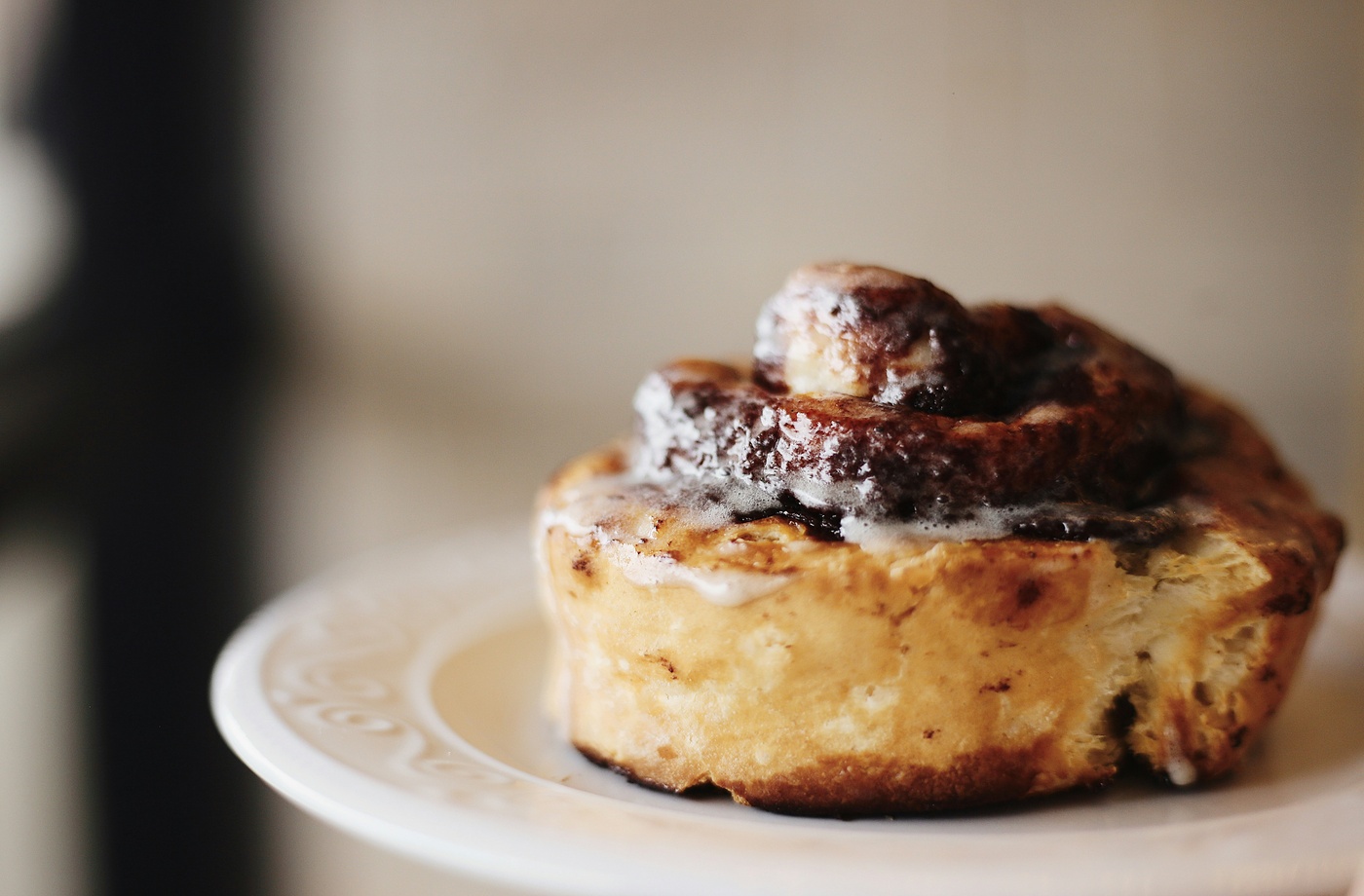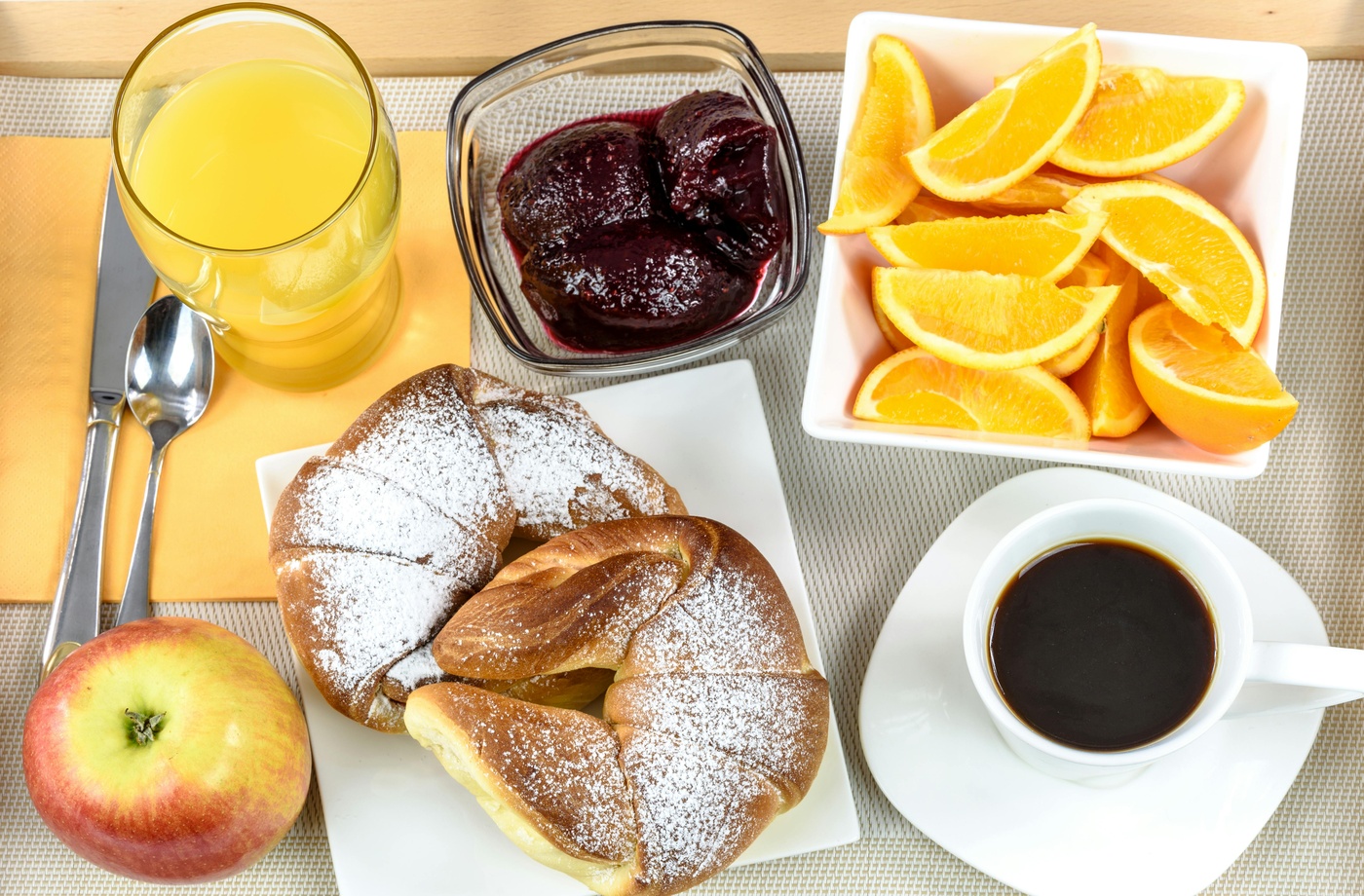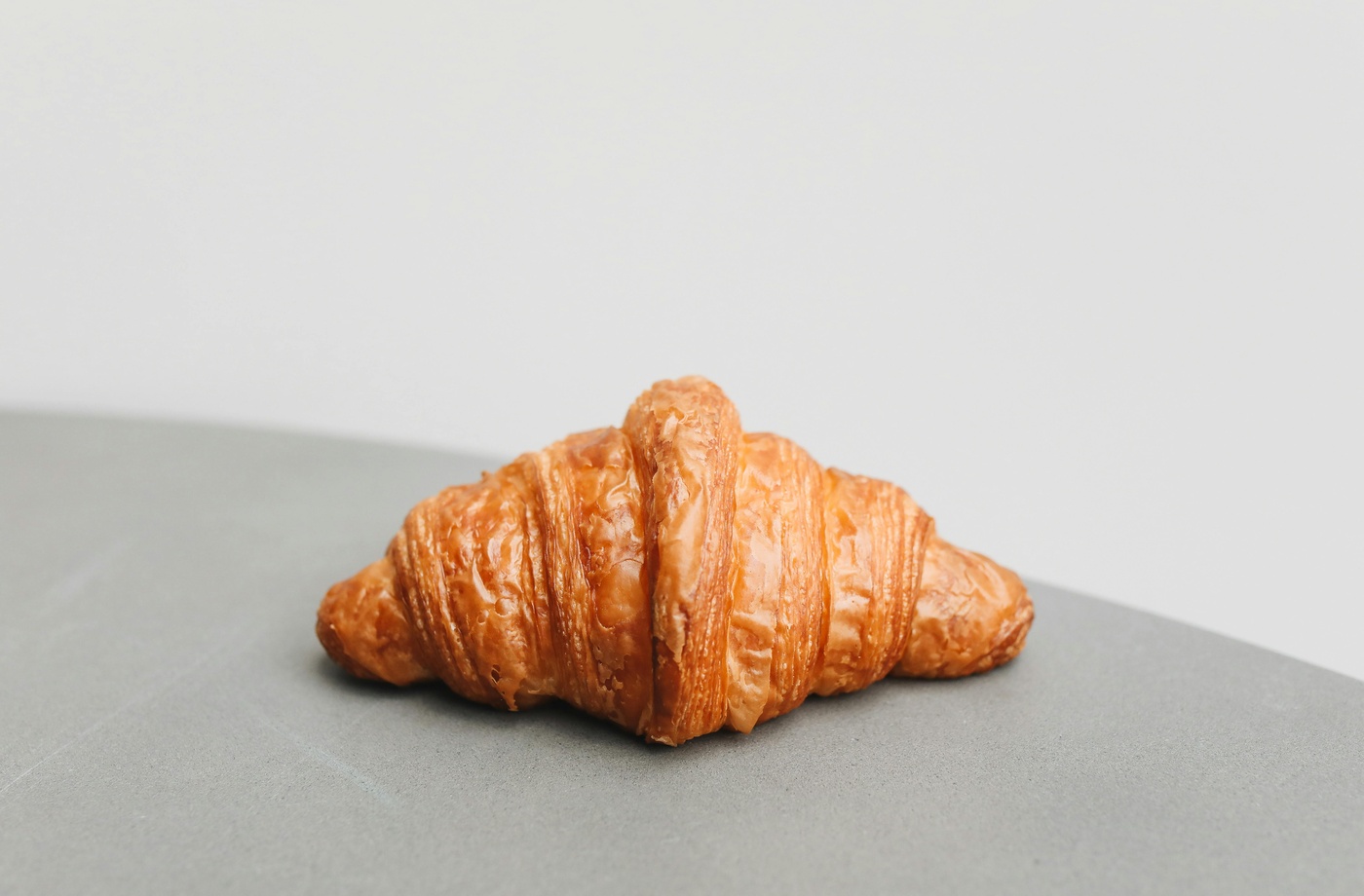Croissants may be the gold standard of home baking challenges, but mastering them is absolutely possible—and incredibly rewarding. Their delicate layers, crisp exterior, and buttery interior are the result of technique, time, and a bit of patience. Whether you’re taking your first stab at laminated dough or refining your craft, here’s what you need to know to bake croissants that rival your favorite café’s.
Understand the Science of Lamination
At the heart of every croissant is laminated dough—an alternating stack of butter and dough created through a series of folds and rolls. These layers puff up in the oven, creating that signature flakiness. To achieve this structure, it’s crucial that your butter stays cold and your folds are consistent. Use European-style butter with a high fat content (like Plugrá or Kerrygold) for better workability and flavor.
Temperature Control Is Everything
Croissant dough is sensitive to temperature. Work in a cool kitchen if possible, and chill the dough between each fold. If the butter starts to ooze or melt into the dough, your layers will blend and you’ll lose the flake. The dough should be pliable but not soft, cold but not stiff.
Use High-Quality Flour
Protein content matters. Use all-purpose or bread flour with at least 11–12% protein to ensure the dough has enough strength to hold its shape through the lamination process.
Don’t Skip the Overnight Rest
An overnight proof in the refrigerator helps relax the dough, intensifies the flavor, and strengthens the final texture. It also makes the process easier by spreading it over two days. While this adds time, it ensures that your croissants will bake with the right rise and depth of flavor.
Use the Right Tools (and Save While Shopping)
Rolling out croissant dough requires a bit of muscle and precision. A heavy rolling pin, a ruler for measuring triangle cuts, and a good-quality baking sheet are essential. If you’re shopping for new bakeware, you can buy a Sur La Table gift card online and earn cashback on pro-level kitchen tools through Fluz. It’s also worth checking prices at Bed Bath & Beyond if you’re upgrading your baking station—especially with cashback rewards in your corner.
Time Your Final Proof Carefully
Once shaped, your croissants need to proof one final time before baking. They should double in size and feel marshmallow-soft when gently touched. This typically takes 1.5 to 2 hours at around 75°F. Too cold and they’ll underproof; too warm and the butter may melt.
Bake Hot, Then Cool Slowly
Preheat your oven to 400°F (or 375°F convection). Bake until your croissants are deeply golden and crisp—about 18–22 minutes. Let them cool for at least 10 minutes before biting in, as this helps set the layers and develop full flavor.
Smart Ingredient Shopping Adds Up
Ingredients like butter, flour, and eggs add up quickly in repeated batches. Consider using cashback platforms to offset costs. For example, you can earn cashback at Kroger with a Fluz gift card or get a Whole Foods gift card with cashback if you’re buying premium butter and dairy. Small savings on every bake can lead to big returns over time.
Conclusion
Perfecting croissants is a labor of love, but the results are well worth the effort. With practice, attention to detail, and a few strategic shopping moves, you can create flaky, golden pastries right from your home oven—no plane ticket to Paris required.



